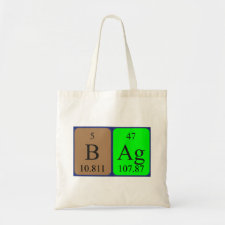
Authors: Azenha M, Szefczyk B, Loureiro D, Kathirvel P, Cordeiro MNDS, Fernando-Silva A
Article Title: Computational and Experimental Study of the Effect of PEG in the Preparation of Damascenone-Imprinted Xerogels.
Publication date: 2013
Journal: Langmuir
Volume: 29
Issue: (6)
Page numbers: 2024-2032.
DOI: 10.1021/la304706t
Abstract: Macromolecules, such as polyethylene glycol (PEG), have been frequently used in the preparation of xerogels, mainly with the purpose of tuning the meso- or macroporosity. However, PEG has never been applied in the context of the preparation of molecularly imprinted xerogels for small molecules. Thus, we decided to conduct a computational and experimental study of the incorporation of PEG into formerly studied sol-gel mixtures for the preparation of damascenone-imprinted xerogels. Computationally, two types of pregelification models were studied, one representing the initial mixture (SI3/SIPA:5:3 models) and the other representing the same mixtures after considerable solvent loss (SI3/SIPA:40:1 models). The latter ones were particularly prolific in providing clear effects of the PEG. In the SI3:40:1 model (containing SI3 units of Si3O3(OH)6 mimicking the final xerogels backbone), a prohibitive instead of a promoting effect of PEG on the template-SI3 association was observed. PEG was found to interpose the SI3 aggregates, turning them smaller and more disperse. In agreement with that, a much higher porosity and surface area were found for the corresponding xerogel prepared with PEG, while no appreciable improvement of the imprinting efficiency could be observed. In the SIPA:40:1 model (containing both SI3 and SIPA units; SIPA, Si3O3(OH)5C3H6NHC6H5, representing the introduction of the organic functional group into the xerogel network), the interactions related to the network structuring were not significantly affected. This was due to the fact that the SIPA units themselves had a dispersive effect on the silica network; the PEG molecules were 'pushed' into the aqueous/methanolic continuum, and their presence was somewhat redundant. Accordingly, both prepared SIPA-xerogels (with PEG or not) exhibited higher porosity compared to SI3-xerogels. Although the simulation results were not conclusive about the effect of PEG on the template-functional group association, experimentally it was clear that the imprinting effect was not improved with PEG
Template and target information: damascenone



Join the Society for Molecular Imprinting

New items RSS feed
Sign-up for e-mail updates:
Choose between receiving an occasional newsletter or more frequent e-mail alerts.
Click here to go to the sign-up page.
Is your name elemental or peptidic? Enter your name and find out by clicking either of the buttons below!
Other products you may like:
 MIPdatabase
MIPdatabase









